Description
What is an Omnidirectional LTE 3G 4G Router Antenna SMA?
The Omnidirectional LTE 3G 4G Router Antenna SMA CTRF-ANTENNA-AP-7027-13138-SMA antenna model is a 90-degree fordable SMA rubber duck antenna 4G LTE antenna manufactured by C&T RF Antennas Inc, the rubber duck antenna SMA antenna manufacturer in China.
The Omnidirectional LTE 3G 4G Router Antenna SMA has a 13x138mm small-sized plastic housing for terminals, routers, and other smart devices. It has an SMA male standard connector, a black color, and a portable antenna for easy installation.
Omnidirectional LTE 3G 4G Router Antenna SMA Features:
Compact size
Flexible “Rubber Duck” antenna
Tilt and swivel design
SMA Connector
Optional Magnetic Mount Available
The Omnidirectional LTE 3G 4G Router Antenna SMA is manufactured by C&T RF Antennas Inc, the Omni dipole antenna rubber duck antenna manufacturer in China.
C&T RF Antennas Inc provides internal & external antennas with antenna radio frequencies such as NFC, 169MHz, 230MHz, 315MHz, 433MHz, 868MHz, 915MHz, VHF&UHF, Lora, NB-IoT, ADS-B, GSM, GNSS, GPRS, 1.2 GHz, 1.4 GHz, 1.8 GHz, Wi-Fi 2.4 GHz, 5.8 GHz, Cellular 2G, 3G, 3.5 GHz, 4G LTE, GPS, 5G NR, 6G, etc.
C&T RF Antennas Inc. provides RF antennae with Omni & Directional antenna types such as Dipole Antennas, Whip Antennas, Marine Antennas, Router Antennas, MIMO Antennas, Combo Antennas, PCB Antennas, FPC Antennas, Spring Antennas, Magnetic Antennas, Sector Antennas, Yagi Antennas, and Accessories, etc, for IoT & M2M industries.
Contact us for the Omnidirectional LTE 3G 4G Router Antenna SMA for more details such as 3G 4G Router Antenna datasheet, 3G 4G Router Antenna pricing, 3G 4G Router Antenna inventory, or the other 3G 4G Router antenna types.
Omni LTE 3G 4G Router Antenna SMA Specifications:
LTE 3G 4G Router Antenna Electrical Specifications |
|
| RF Antenna Type | Rubber Duck Antenna |
| Model | CTRF-ANTENNA-AP-7027-13138-SMA |
| Frequency Range | 698-960MHz, 1710-2700MHz |
| Gain | 1-3dBi |
| VSWR | ≤2.5 |
| Impedance | 50 Ω |
| Polarization | Vertical |
| Directional | Omni-directional |
| Connector | SMA |
| Max Power | 20W |
| Lightning Protection | DC-Ground |
LTE 3G 4G Router Antenna Mechanical Specifications |
|
| Dimension | 13*138mm |
| Weight | Approx. 10g |
| Radome Material | Plastic ABS |
| Operation Temperature | -20˚C ~ +60˚C |
| Storage Temperature | -40˚C ~ +80˚C |
| Color | Black |
| Antenna Design | Dipole Antenna |
| Mounting | Screw |
| Safety Emission and other | RoHS Compliant |
| Applications | ISM/SCADA/Utilities, IoT/M2M/NB-IoT/LoRa, 2G 3G 4G LTE/LTE-IoT, GSM GPRS UMTS, etc. |
Omnidirectional LTE 3G 4G Router Antenna SMA Rubber Duck Antenna Notes:
1. Rubber duck antennas are available in a great variety of types and they typically support a wide operating frequency range. They are easy to replace.
2. They can be fabricated in the form of PCB, copper pipe, or FPC inside and plastic housing radome.
3. The choice of antenna types depends on different working environments.
4. With proper stands, rubber duck antennas can be turned into sucker antennas.
Is the external antenna really better than the internal antenna signal?
External antenna vs. internal antenna
The external antenna appeared earlier, and the internal antenna is more beautiful.
Earlier wireless router antennas were all external antennas, but now businesses pursue more antennas for better signals, leading to more and more router antennas. With the development of technology, internal antennas have become more popular.
An internal antenna makes the router becomes more beautiful and can be used as an ornament when you put it at home.
The angle of the external antenna can be adjusted, and the internal antenna does not need to be adjusted
Different antenna placement angles of the external antenna may have some influence on the signal, and the internal antenna has been optimally adjusted before leaving the factory, so the user can use it directly.
It’s easier to make an external antenna, but it’s harder to make an internal antenna.
External antennas are easier to manufacture. If you encounter complex scenarios, there are more solutions; built-in antennas should be designed with space and antenna performance into consideration. It is relatively difficult to manufacture and requires higher technical capabilities of manufacturers.
Whether the antenna is external or internal, they are just a scheme of wireless router antenna design. Under the conditions of such mature wireless technology today, the WiFi signal will not be very different due to the hidden antenna or the external one.
To have a good WiFi signal and fast speed, when buying a router, we should pay more attention to the following aspects of the antenna, the wireless protocol & the number of antennas, these two directly determine the Wi-Fi transmission rate.
Let’s take a look at the wireless protocol
5GHz WiFi rate 867Mbps=433.3*2, 2 antennas
2.4GHz WiFi rate 300Mbps=150*2, 2 antennas
For example, if the maximum transmission rate of a wireless router is only 300Mbps, but there are 4 antennas. According to the antenna calculation techniques we mentioned above, this 300M router actually only needs 2 802.11n antennas (150*2=300Mbps), so the extra antennas may just attract consumers’ attention.
In addition, a router with only 2 antennas claims to be a gigabit WiFi router, but in the current fastest 802.11ac protocol, the maximum rate supported by 2 antennas is only 867Mbps (2*433.3=866.6Mbps), so this router is possible It is false propaganda. Note that it is possible that because of special circumstances, the router’s antenna is dual antenna.
Dual antenna means transmitting/receiving signals in two frequency bands in one antenna so that 11n and 11ac dual antennas are combined into one, that is, 2 11ac/n antennas, 2*(433.3+150)=1166.6Mbps, Therefore, a router with 2 antennas can also reach a gigabit transmission rate.
Omnidirectional LTE 3G 4G Router Antenna SMA Video
Omnidirectional Rubber Ducky Antenna Features

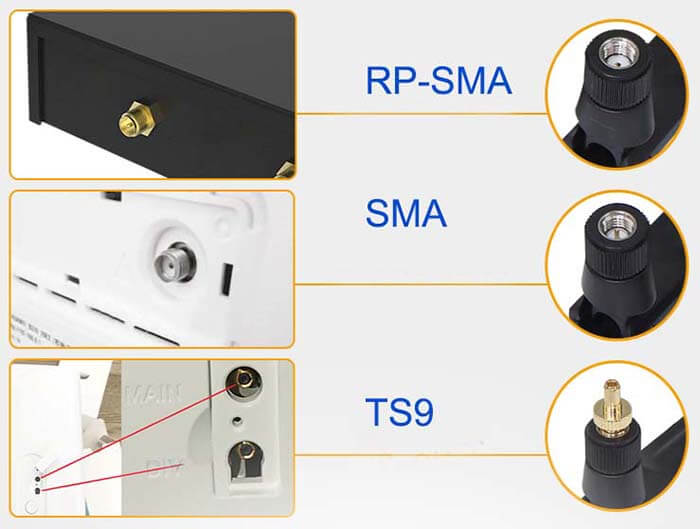
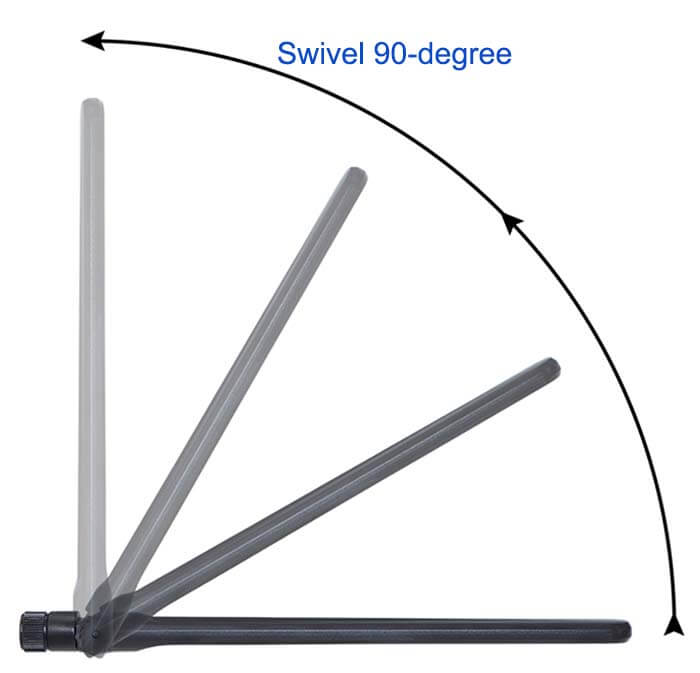
3G 4G Router Antenna applications
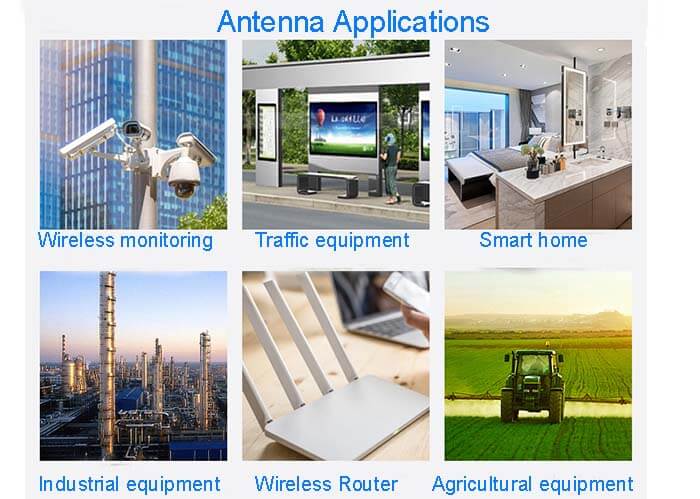

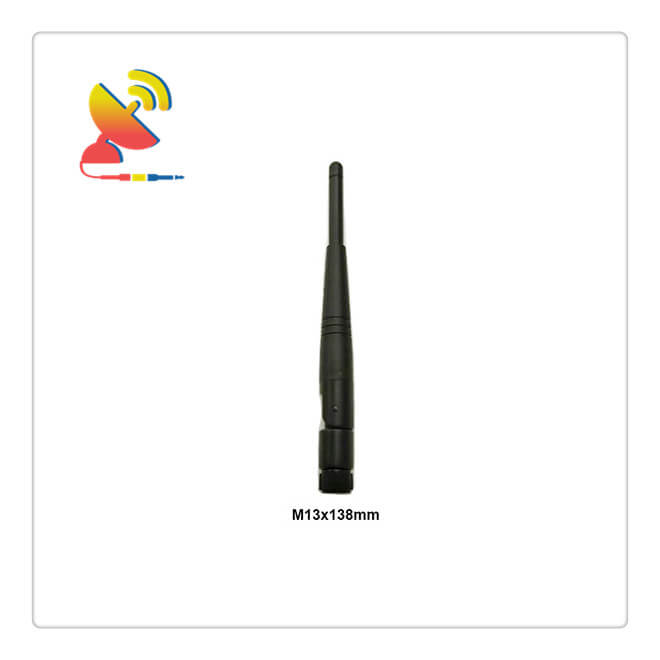
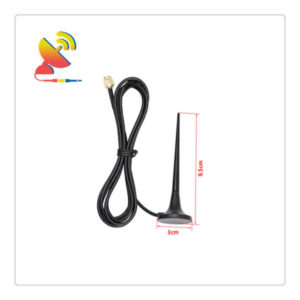
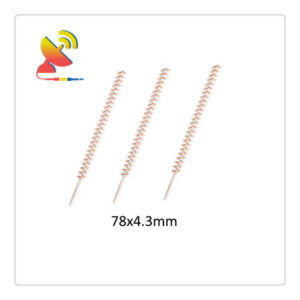
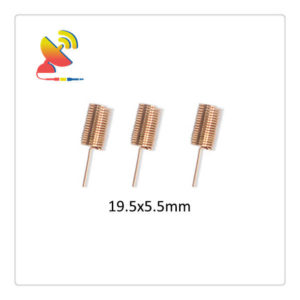
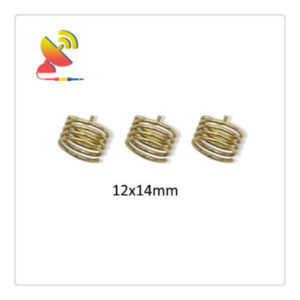
Reviews
There are no reviews yet.